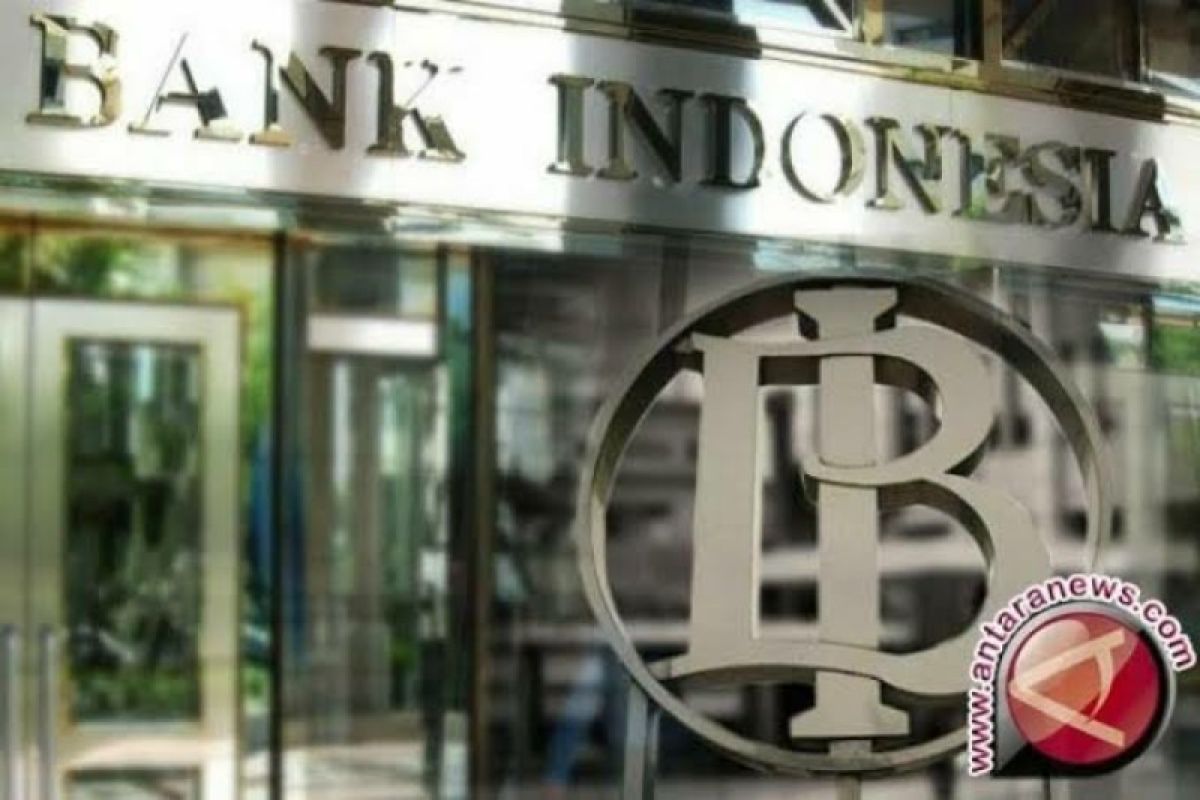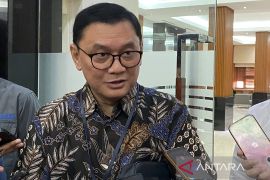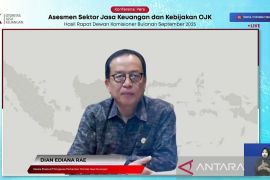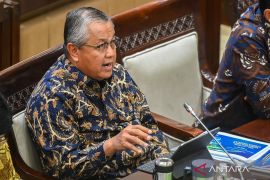BI Communications Director Ramdan Denny Prakoso said the slowdown was mainly due to continued contraction in the private sector's external debt.
Government debt reached US$210.1 billion in Q2, up 10.0 percent yoy from 7.6 percent in Q1, supported by stronger foreign capital inflows into government bonds (SBN) amid global market uncertainty.
The government remains committed to managing external debt prudently, transparently, and sustainably, according to Prakoso.
Most of the debt was long-term (99.9 percent), with the largest allocations for health and social services (22.3 percent), public administration and defense (19.0 percent), education (16.4 percent), construction (11.9 percent), and transportation (8.6 percent).
Private sector external debt fell 0.7 percent yoy to US$194.9 billion, easing from a 1.0 percent decline in Q1.
Non-financial corporations' debt dropped 1.4 percent, while financial institutions' borrowings rose 2.3 percent. Manufacturing, financial services, electricity and gas supply, and mining accounted for 80.5 percent of the private sector's total, with 76.7 percent in long-term loans.
Indonesia's external debt-to-GDP ratio stood at 30.5 percent in Q2, slightly down from 30.7 percent in Q1, with long-term debt making up 85.0 percent of the total.
BI said the structure remains sound, and the central bank will continue to coordinate with the government to ensure external debt supports development and economic growth while minimizing macroeconomic risks.
Related news: Indonesia maintains lowest debt ratio among G20 members: Minister
Related news: Indonesia's debt remains under control amid global upheavals: Minister
Translator: Rizka, Azis Kurmala
Editor: Anton Santoso
Copyright © ANTARA 2025












